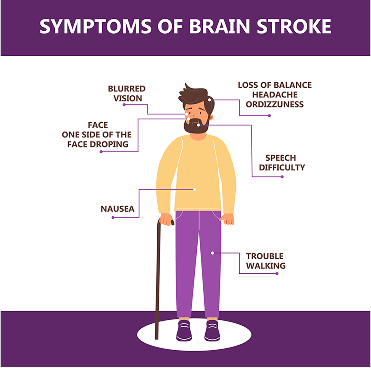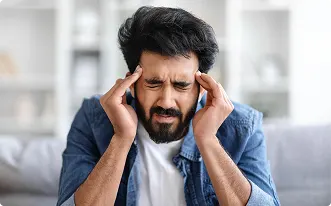Stroke is a medical emergency that affects millions of people worldwide every year.
Acting quickly when symptoms appear can save lives and reduce the risk of long-term disability. Understanding the early warning signs of stroke is essential for everyone.
Understanding Stroke
A stroke occurs when the blood supply to the brain is interrupted, either due to a blockage in an artery or a burst blood vessel. This disruption prevents the brain from receiving oxygen and nutrients, causing brain cells to die. The effects can be devastating, but early recognition and immediate medical care can make a significant difference.
Early Signs of Stroke
Recognizing stroke symptoms as soon as they appear is crucial. The most common early signs include:
1. Sudden Weakness or Numbness
One of the first symptoms of stroke is sudden weakness or numbness in the face, arm, or leg. This usually occurs on one side of the body. For example, a drooping face or difficulty lifting an arm can be an early warning.
2. Speech Difficulties
If a person suddenly struggles to speak, has slurred words, or cannot understand simple sentences, it may indicate a stroke. Changes in speech often happen quickly and should never be ignored.
3. Vision Problems
Sudden blurred vision, double vision, or loss of vision in one or both eyes is another important symptom. These changes can occur without any warning and require immediate medical attention.
4. Severe Headache
A sudden, intense headache that comes without warning can signal a stroke, especially if it is accompanied by nausea or vomiting.
5. Loss of Balance or Coordination
Dizziness, difficulty walking, or loss of balance can indicate a stroke affecting the brain regions responsible for movement and coordination.
6. Sudden Confusion
Sudden mental confusion, trouble understanding, or difficulty concentrating can be an early sign of stroke.

Use the FAST Method to Act Quickly
Medical experts recommend the FAST method to identify stroke signs and act fast. FAST stands for:
- Face: Ask the person to smile. Does one side of the face droop?
- Arms: Ask them to raise both arms. Does one arm drift downward?
- Speech: Ask them to repeat a simple sentence. Is their speech slurred or unusual?
- Time: If you notice any of these signs, call emergency services immediately. Quick action can save lives and prevent long-term damage.
Preventive Measures
While recognizing stroke early is essential, preventing it is equally important. You can lower your risk by controlling blood pressure, managing diabetes, maintaining a healthy diet, exercising regularly, avoiding smoking, and limiting alcohol consumption. Regular health checkups also help detect conditions that increase stroke risk.
Strokes can happen to anyone at any age.
Being able to identify early warning signs and responding immediately can make a life-saving difference. Share this information with your family and friends. Knowing what to look for and acting fast is the best defense against stroke.






